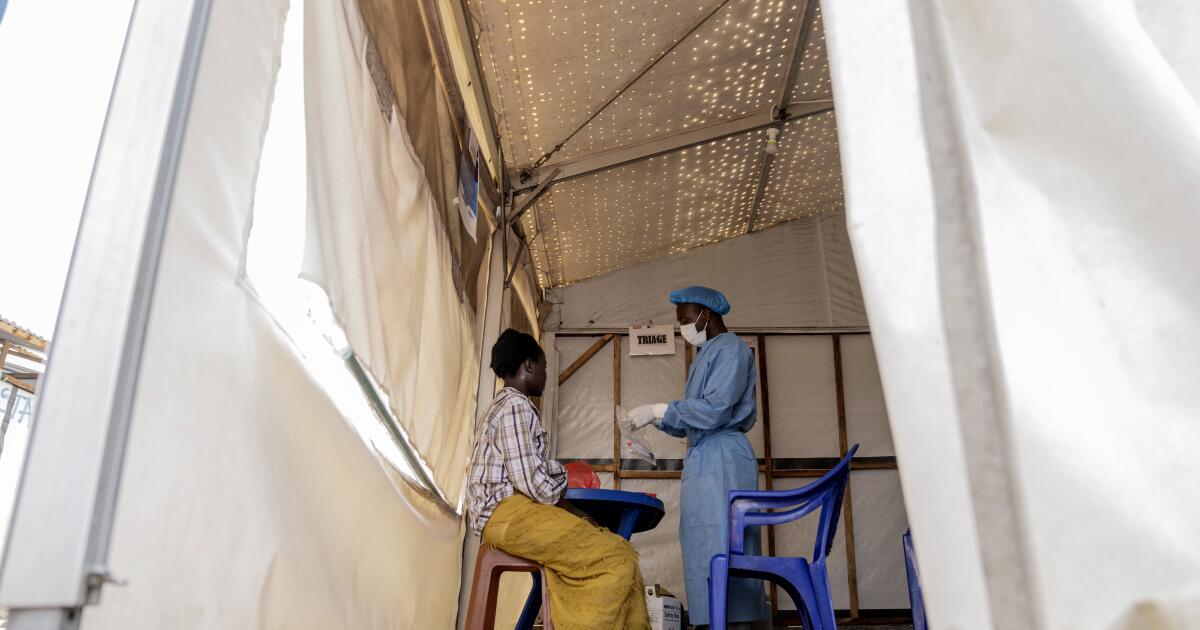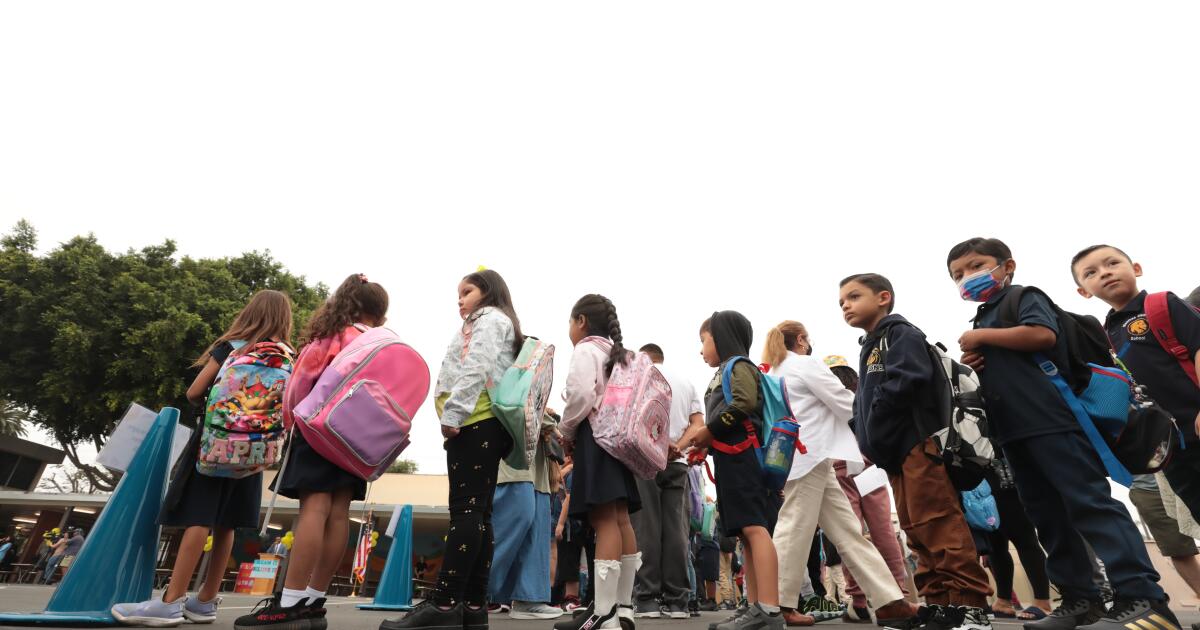There is a powerful Jewish value, elu v'elumeaning “these and those.” As in, both these and those ideas have merit. Both these and those people contain a sacred spark. Both this and that answer can be correct.
When I moved from Tucson to Los Angeles in 1997, I left a large metropolitan area of just over half a million people for a city with just over half a million Jews. I quickly learned that, despite being raised Jewish, I knew only a little about the diversity of Jewish experiences. I had never heard of elu v'elubut being in Los Angeles helped me discover it.
When I was a student at USC, I joined Jewish organizations on campus. A rabbi helped me realize that, although I was far less educated than the ancient sages, my own ideas about religion had validity. I began to define what it meant to me to be Jewish. These and those.
Working at a production company, I came to understand how Hollywood arts elevated Jewish ritual throughout the city. It was eye-opening to see a Torah portion presented as a play, to hear a sermon in the form of poetry. I got married. We watched old Yiddish movies with friends and read works by contemporary Jewish playwrights.
I met young Argentine Jewish parents at a gardening cooperative in Santa Monica and older Russian Jews at a community garden in Hollywood. The former taught their children liturgy in English, Hebrew and Spanish, and the latter had abandoned organized Judaism but spent time almost exclusively with other older Russian Jews. Absorbing their contrasting stories and lifestyles, asking questions one after another, helped me understand what was most meaningful to me. Elu v'eluAnd yet we all grew Persian cucumbers and little yellow pear tomatoes.
I had never met a rabbi who wanted to study Talmud with young adults — I had never studied Talmud at all — until I came to Los Angeles. But in an air-conditioned room at a community center on a hot night, I traced with my fingers layers of rabbinic interpretation and the ancient code of Jewish law, each idea building on the other. Elu v'eluthese comments and those.
At Rabbi Sharon Brous’s IKAR synagogue, I learned about justice from a Jewish perspective and about activism. I began to think of Jewish texts as an ancient technology, through which—whether I agreed or strongly disagreed with the ideas—I could filter the pressing issues of modern life. These and those.
The years I lived in the Jewish enclave of Pico-Robertson were a cultural and sensory feast. On Friday nights, as we settled in for Shabbat dinner with our young children, we could hear “Shalom Aleichem” sung to different tunes and with different numbers of verse repetitions, mingling with the voices at our table. Our Jewish neighbors ranged from extremely observant to entirely secular. These and those.
I no longer live in Los Angeles. Before I left, my tattoo artist, who is a native Hebrew speaker, tattooed my children’s Hebrew names on my arms, along with a giant jacaranda tree. Now, when I cover my eyes and welcome Shabbat each week, I often think of the neighborhoods and people of Los Angeles, from Boyle Heights to Topanga Canyon, and especially along Pico Boulevard.
I remember the Persian, Afghan, Bukharian, Yemeni, Iraqi and Moroccan neighbors whose traditions have found their way into my religious practice. I remember the joy of walking through Pico during the Sukkot holiday and the aroma of cheesecake that accompanies Shavuot in the air. When I uncover my eyes, I choose from among all those Shabbat songs and begin to sing. My melodies and text are not static, and as I learned in Los Angeles, neither is my Jewish identity. These and those.
Jessica Elisheva EmersonThe first novel of “Days of Olive”, is about a Los Angeles woman’s search for Jewish identity.












